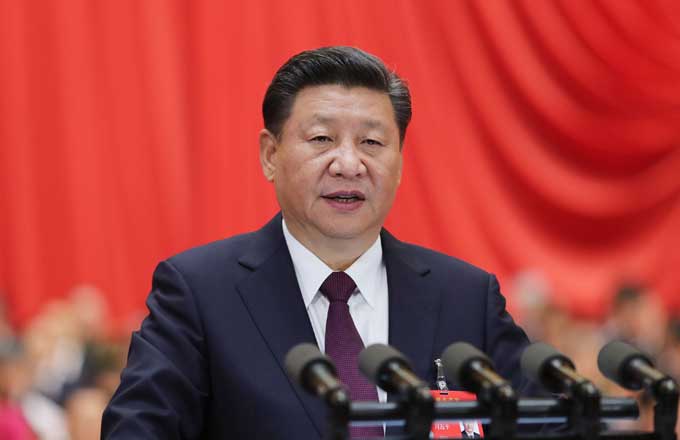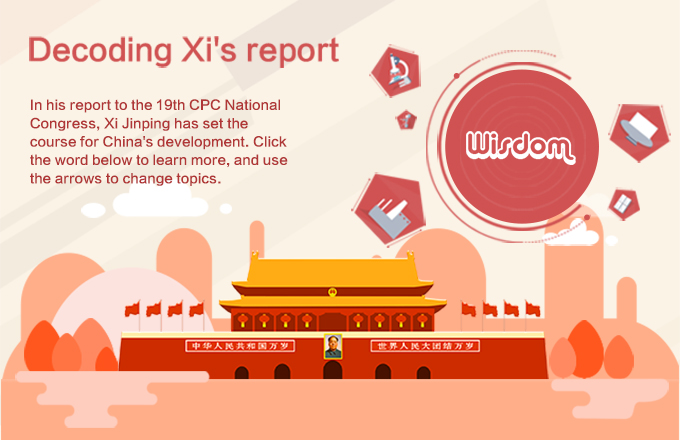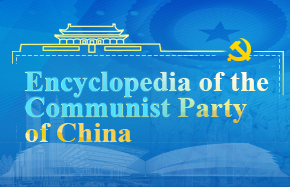Key points of the action plan
The action plan aims to reduce total emissions of pollutants of all kinds, not just in quantity, but also concentration.
The plan contains measures to effect a major reduction of emissions, according to Wang Jian, deputy head of the pollution prevention and control department of the Environmental Protection Ministry.
One measure involves a widening of focus. The plan will continue the crackdown on larger polluters, such as steel and cement plants, but will also target all pollution sources, regardless of size, right down to small, coal-fired stoves, said Wang.
He pointed out that although these sources are not "large-volume" polluters individually, the cumulative effect is huge. Moreover, few of these small-scale appliances are fitted with pollution filters or systems to treat pollution.
Tougher regulations will be introduced to control "remote pollution" sources, such as automobiles. The plan requires megacities, such as Beijing, Shanghai and Guangzhou, to impose strict restrictions on the number of vehicles on the roads and their use. However, the new regulations are unlikely to hamper the development of the automobile industry, said Ding Yan, deputy head of the ministry's vehicle emissions control center.
Ding said that approximately 15 million heavily polluting vehicles will be banned by the end of 2017: "They only account for about 15 percent of the total number of automobiles nationwide, yet they discharge almost 60 percent of the pollutants. By taking them off the roads, we will create better opportunities for the healthy development of the industry."
Coal consumption will be strictly controlled.
Controlling coal consumption is crucial to changing China's energy structure, said Wang. Coal consumption as a proportion of the entire energy mix should decline from the current 68 percent to 65 percent in 2017.
The new regulations require coal use to flatline initially, before beginning to decline in the three key regions: The Beijing-Tianjin-Hebei cluster; the Yangtze River Delta region and the Pearl River Delta region. However, the reductions must be achieved in a way that does not interfere with economic growth.
"This task is hard. It will be achieved by means such as raising the proportion of foreign investment in the energy industry, and by increasing the supply of natural gas and non-fossil fuels," said Wang.
All provincial capitals must establish monitoring and early warning systems to respond to heavily polluting weather by the end of 2015.
Wang said this clause demands cities that fail to reach the national air quality standard must formulate emergency plans to deal with heavily polluting weather.
"The draft of the emergency plans for the three key regions will be handed to the ministry for supervision before the end of the year," he said, emphasizing that the plans will be more intensive than those previously initiated by local governments.
The three key regions must develop three-tier monitoring and early warning systems: Regional, provincial and city-level.
The meteorological departments of the three key regions are working closely with the relevant environmental departments to develop the systems, said Zhang Xiaoye, a researcher from the Chinese Academy of Meteorological Sciences.
"Accurate weather forecasting is the basis of effective pollution control," said Zhang. "Although many challenges remain, predicting smog and haze is relatively easier than forecasting extreme weather, such as rainstorms."
The ministry will sign "responsibility pledges" for the completion of the targets with every province and autonomous region, said Wang.
He said the pledges, which will be made public, will detail the measures to be adopted by local governments to complete the tasks.
Seven provinces, autonomous regions and municipalities around the Beijing-Tianjin-Hebei cluster — including the provinces of Shanxi, Shandong and Liaoning and the Inner Mongolia autonomous region — will be the first to sign the pledges, according to Wang.
"These seven places consume 43 percent of the country's coal and have more than 30 percent of the total thermal power installed capacity. They produce more than half the country's steel, and suffer the most serious airborne pollution," he said.
Wang said the reduction of coal consumption and the cutback in steel production capacity will be intense in these areas; Hebei province alone will be required to slash its steel production capacity by 80 million metric tons by 2017.
Targets
Targets for 2017
? Beijing-Tianjin-Hebei province cluster: PM2.5 to drop by approximately 25 percent. Steel production capacity to fall by 120 million metric tons, based on 2012 levels. Coal consumption is also scheduled to decline by as much as 80 million tons, based on 2012 levels.
? Yangtze River Delta cluster: PM2.5 to fall by around 20 percent, based on 2012 levels.
? Pearl River Delta cluster: PM2.5 to fall by roughly 15 percent, based on 2012 levels.
The government will attempt to implement phase 5 of the fuel standard for both gasoline and diesel, which stipulates sulfur content below 10 micrograms per gram.
As many as 15 million heavy polluting motor vehicles will be removed from the roads
More than 60 percent of new or upgraded public buses in Beijing, Shanghai and Guangzhou should use non-fossil fuel.
Coal consumption, as a proportion of the country's energy mix, will be reduced from the current level of 68 percent to 65 percent.
? Areas outside the three key regional clusters: PM10 to drop by 10 percent.
Targets for 2015
Construction of a further 150 billion cubic meters of natural gas pipeline transmission capacity.
The installed capacity of nuclear power stations will be increased to 50 million kilowatts.
Every county-level city will establish a PM2.5 monitoring station.
Wu Wencong
Registration Number: 130349



























